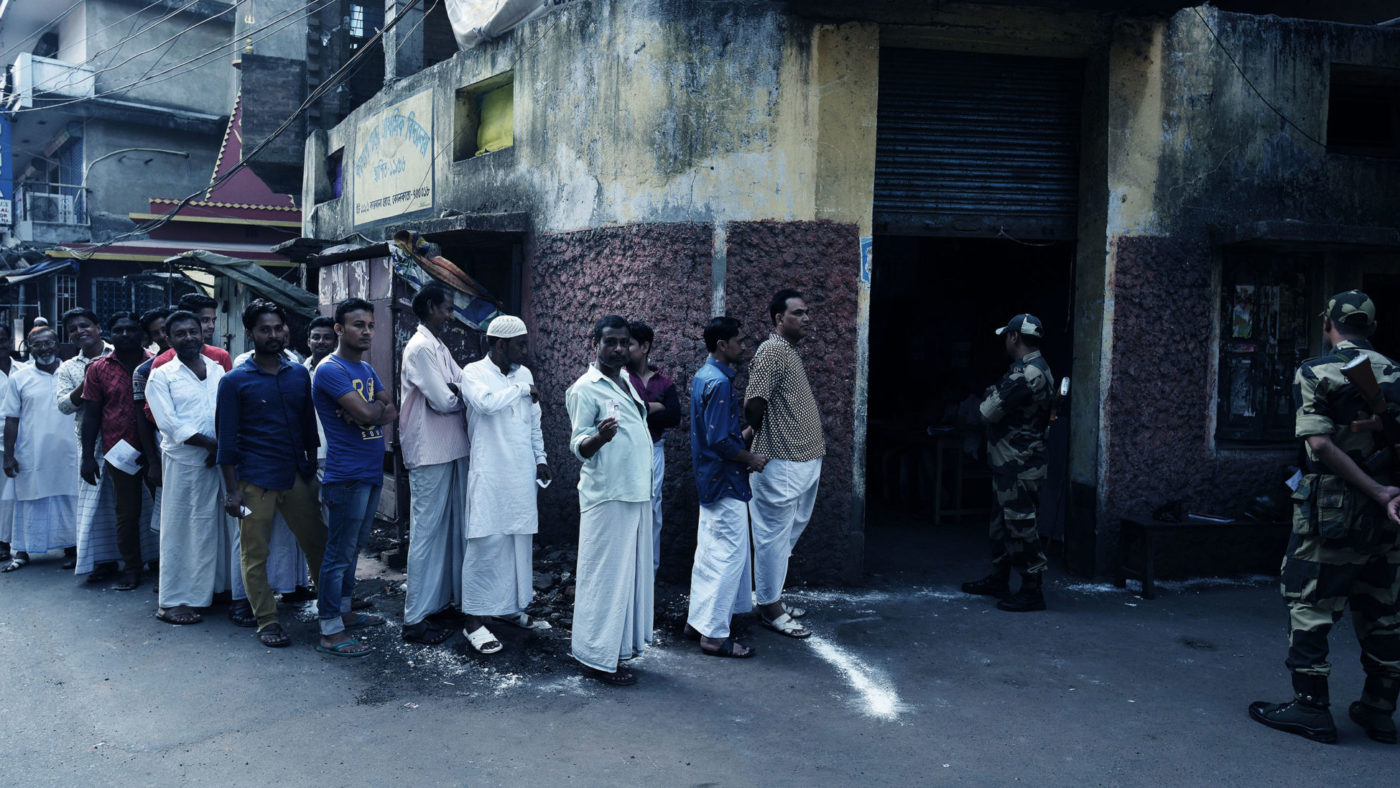After six weeks of voting, the polls have closed in the General Election in India. That country boasts the largest electorate of any democracy on the planet — by rather a long way. It is 900 million-strong. We might be getting excited about the Euro Elections this week. But the total electorate for all 28 member states is a mere 512 million people.
The results are due to be announced on Thursday after what India’s election commission said was a turnout of about 65 per cent. However, the exit polls suggest a victory for the ruling Bharatiya Janata Party, led by the Prime Minister, Narendra Modi, and its National Democratic Alliance. While the opposition Congress Party is projected to make gains they are not expected to be sufficient to secure victory.
Of course the exit polls can be wrong — as we saw in Australia this weekend. But the good news is that there is a consensus between the main parties in India in support of the free market. Usually the BJP is labelled “right wing”; it is affiliated to the International Democrat union, along with the British Conservatives. By contrast the Congress Party is regarded as being on the Left – reflecting its tradition of Mahatma Gandhi’s socialism.
Yet despite that distinction, neither party disputes that India’s embrace of capitalism has been the key to its strong economic growth in recent years and the dramatic reduction in poverty that has resulted. Both parties also agree the country must go further and faster in that direction.
The BJP manifesto declares that its policies “have empowered millions of Indians to become self-reliant and capable of fulfilling their dreams and aspirations”. India is already the world’s sixth largest economy and is likely to go further up the league table. The BJP boasts of a “sharp rise in our Ease of Doing Business ranking” compared to other nations.
Even seemingly mundane measures such as reclassifying bamboo as grass rather than a tree has greatly eased trade. This was a key policy win for the Centre for Civil Society, a free market think tank based in New Delhi.
Simplifying the tax system has also been a key priority. Tax cuts in the February budget — for both the middle class and low earners — boosted BJP’s popularity. It pledges to be “responsive to the needs of the aspirational middle class” with further tax cuts “to ensure more cash and greater purchasing power” for them.
India has been a good example of the Laffer Curve in action, with lower tax rates increasing revenues as tax evasion diminishes. The Goods and Service Tax rate is a case in point, with a cut has been followed by an increase in revenue of nearly 50 per cent. The BJP has promised go further, with a “lowering of tax rate thereby rewarding honest taxpayers and improving compliance”.
As for the Congress Party, their manifesto takes credit for setting the country on the free market course between 2001 to 2014. In language one might not see from many leftwing parties in Europe, they boast that: “Congress launched liberalisation and economic reforms. It is the Congress that created India’s successful middle class and the new entrepreneurial class.”
And they too promise more of the same, including “regulatory forbearance for Micro and Small Enterprises”, who will be “exempt from all applicable laws and regulations”. The party will “promote ‘Mass Entrepreneurship’ and support entrepreneurs to replicate tried and tested models of businesses,” the manifesto continues.
Nor is there any of the kind of flinty nativism we’ve become all too used to. “Foreign Direct Investment will be welcomed in all sectors…Rules and regulations will be minimal,” Congress promises.. A so-called ‘Angel Tax’ on start-up businesses will also be “withdrawn completely” to make India “an innovation hub”.
What’s striking is how committed both the BJP and Congress are to a liberal economic agenda and the needs of small businesses and entrepreneurs.
Not that the manifestos were perfect, of course. Neither offered policies to promote school choice. A voucher scheme could offer a great boost to low cost private education, a sector which is already growing fast. But to have a situation where the two main parties are competing over which of them is the most free market there is not much to grumble about.
Not that either of the parties would thank me for suggesting they are similar. They manage to be very rude about each other, with accusations of corruption a prominent theme. Of course economics is not the only issue. Relations between the Hindu majority and the rest of the population remain a significant source of friction. Linked to that is the challenge of terrorism and maintaining national security.
Yet economic progress is still the big story. According to the World Bank: “Since the 2000s, India has made remarkable progress in reducing absolute poverty. Between 2011/12 and 2015, poverty declined from 21.6 per cent to an estimated 13.4 per cent at the international poverty line (2011 purchasing power parity $1.90 per person per day), continuing the historical trend of robust reduction in poverty. Aided by rapid economic growth, more than 90 million people escaped extreme poverty and improved their living standards during this period.”
Put another way, 44 Indians escape extreme poverty every minute.
Even before the votes are counted, we can see that in India, capitalism is winning, which means poverty is being defeated.


